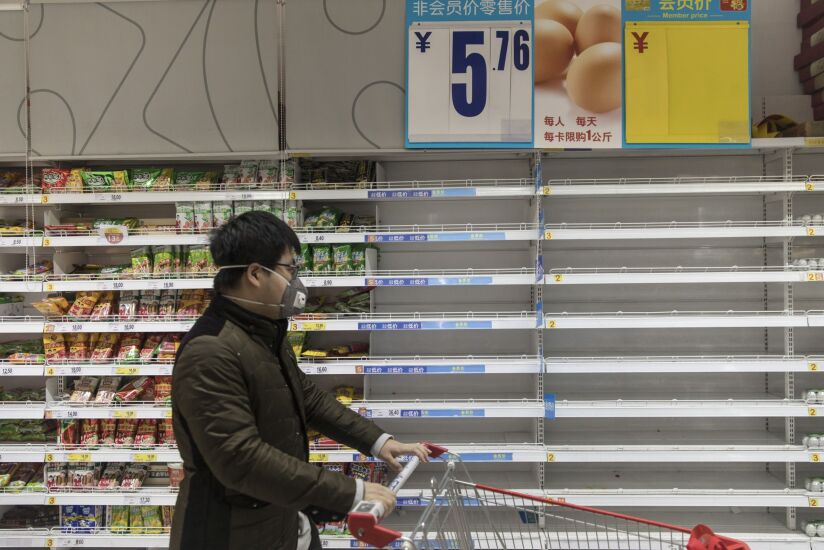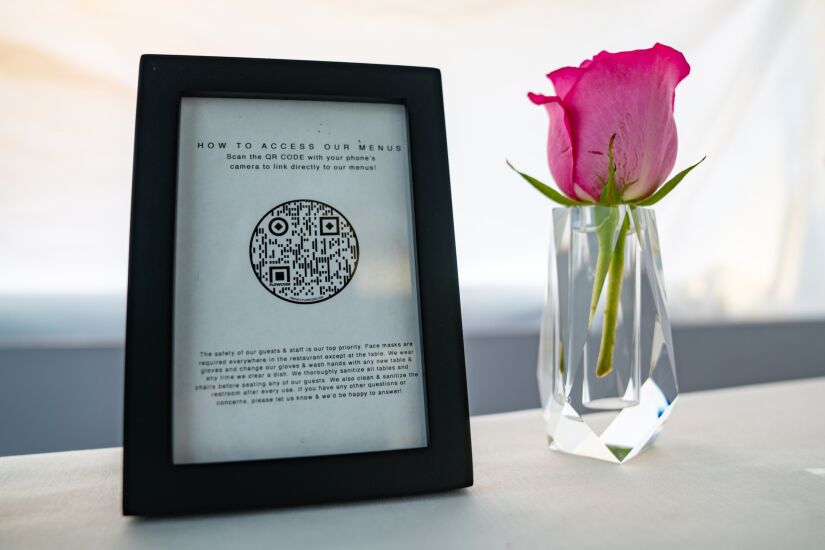Amid the disruption of the coronavirus pandemic, many companies are taking a chance on innovative new technologies to keep their customers engaged.
This change is happening on a global scale and is being driven by banks, technology companies, retailers and governments — all of which have had to overcome hurdles moving money when populations are locked down and shoppers are fearful of infection.
This story was compiled from reporting by PaymentsSource writers including John Adams, Kate Fitzgerald, David Heun, Michael Moeser and Daniel Wolfe.












